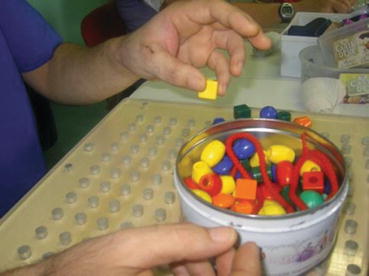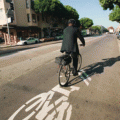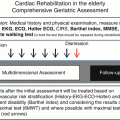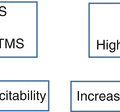Fig. 13.1
Wrist exercises for flexion-extension (a) and prono-supination (b) with a ball
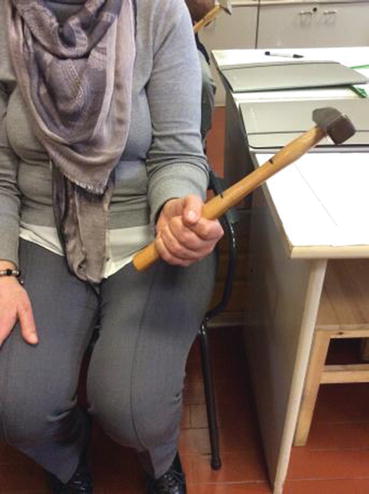
Fig. 13.2
Forearm rotation reinforcement with hammer
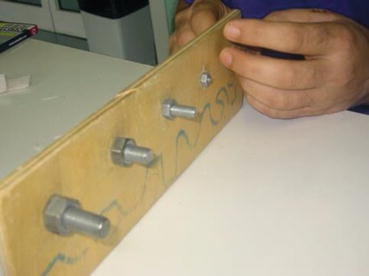
Fig. 13.3
Bolt screwing
Any chosen activity is graded according to the patient’s function and improvement. Activity usually begins with simple exercises such as grasping objects of different sizes or shapes in the case of joint motion limitation (Fig. 13.4) or gripping handles of various resistances (Fig. 13.5) and grasping techniques. The patient later moves toward more complex activities such as assembling a simple furniture item (Fig. 13.3) to baking a cake to finally simulate real work or leisure activities, which are meaningful to the patient.
